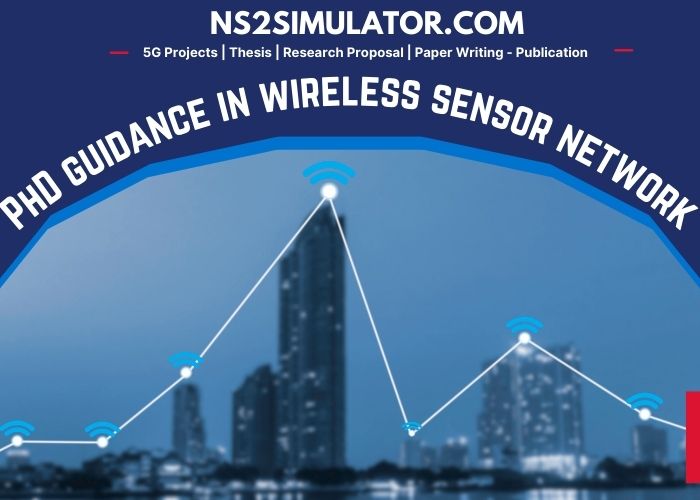Wireless Sensor Network (WSN) is a massive network with numerous sensors. It attempts to monitor the environments with reliable data collection. WSN sensors are small in size and energy, but they serve in both sensing and relay point. This page provides the different research aspects in WSN with its pioneering research areas.Our PhD guidance in wireless sensor networks can give you any kind of research support for PhD projects. And there are more up-to-date research topics are available in WSN. Here, we have listed down the various novel research topics in WSN.
Top 15+ Interesting Research Topics in Wireless Sensor Network
- Data Repair and Anomaly Detection Methods for Streams of Sensor Data
- Novel Concepts, Paradigms and Architectures for Smart City WSANs and IoT
- IoT Enabled Indoor Revolutions such as Society 5.0 and Industry 4.0 in Smart Building
- Maintenance, Security, and Privacy in terms of IoT Data
- Other Connectivity and Beyond Wireless Technologies
- Radars
- Wireless Power Transfer
- Backscatter
- Application and Use-Cases Enabled by WSANs and IoT
- Smart Cities and Roads
- Smart Environments
- Context-Aware Applications
- High Throughput and Short-Range Technologies
- BLE
- THz
- IEEE802.15.4
- UWB
So far, we have discussed the recent research topics in WSN. We have completed 200+ PhD research papers in wireless sensor networks. Our PhD guidance in wireless sensor network service searches for novel research topics by in-depth studying of research papers. Now, let us take a glance over the significance of mobile wireless sensor networks and the novel research ideas in one of the types of WSN i.e., Mobile Wireless Sensor Networks (MWSNs).
Mobile Wireless Sensor Networks Overview
MWSN is a specific division in WSN. In this process, mobility plays a vital role in the application execution. MWSNs are too small and they are in contrast to their deep-rooted predecessor in the emergent research field.
Research Ideas in WSN
- Clock Management
- Congestion Control
- Node Localization
- Relay Assistance Models in Network Coding
- Spectrum Sensing and Neighbor Discovery
How to Simulate Sensor Nodes Using Networking Tools?
Simulation can make resourcefully solve complex issues by doing the repeated variations to the network configuration of a recently designed model earlier than the real-time implementation. For an instance, while checking against network congestion; the number of nodes and BS position can be varied. And the cluster head selection strategy can be altered. Now, let us check out the five main steps which are involved in designing the simulation model. Let’s check the Steps Involved in Designing a Simulation Model,
- Step 1
- Purpose of the simulation should be decided and simulate the network topology of the model
- Step 2
- Simulation assumptions are made by setting the values of the simulation parameters
- Step 3
- Simulation is calibrated and performed based on the selected performance metrics
- Step 4
- Graphical representation of simulation results
- Step 5
- An alternative is selected by analyzing the simulation results
The important elements of any simulation tool are the modules and it is the basic component of simulation tool architecture. And the significant components are highlighted below
- Radio Transceiver
- Network Protocol Stack
- Node
- Transmission Medium
- Event Types
In addition, our technical experts spotted out few simulation tools that are efficient to design and simulate the WSN application to attain accurate outcomes.
Simulation Tools for Wireless Sensor Network
- Simulink MATLAB
- TOSSIM
- GloMoSim
- OMNET++
- Shawn
- OPNET
- NS2 Simulator
If you need PhD guidance in wireless sensor network, contact us. We start our guidance by selecting a topic until the publication. We satisfy our clients by sharing deep research knowledge for all stages of PhD steps.

